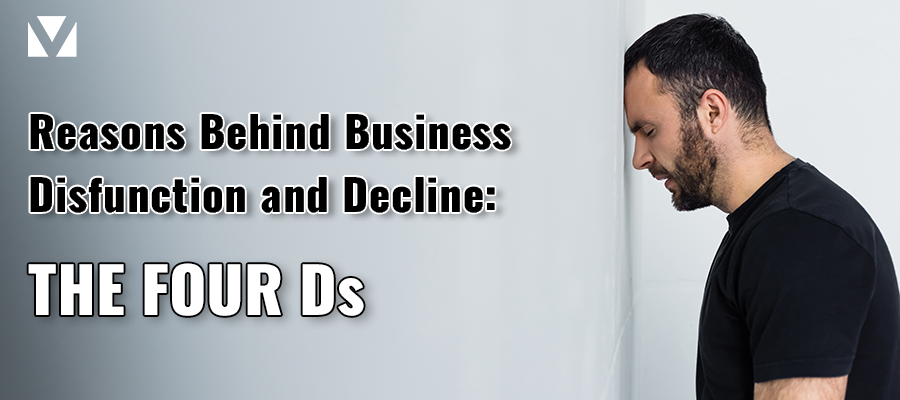The Four Ds, Part III – Originally written in 2013
Having rational conversations about disagreements that have become emotional can be difficult to accomplish. But when people are able to put their personal agendas aside and discuss difficult issues as colleagues, they’re better able to drill down and get to the root causes of their disagreements.
Clarify your roles within the company. It’s not unusual for this subject to be avoided in the early years of a business, whether it’s because things are moving so fast, or the owners don’t think the topic needs addressed, or simply don’t want to confront it. Instead, the owners just do whatever needs to be done and hope the issue will resolve itself. It rarely does, especially as the dollars and the business pressures increase. Whether it involves husbands and wives, parents and children, brothers and sisters, or unrelated partners everyone needs to know what their operational positions and responsibilities are in addition to the privilege of ownership. And it needs to be in writing. It’s also important to remember that just because someone shares the same gene pool as the owner, or has an ownership interest in the company, that does not automatically make them someone’s (or everyone’s) boss. Ownership is an equity position, not an operational position.
Separate personalities from intentions. As frustrating as they can be at times, personality differences provide us with opportunities to collaborate and to widen our vision beyond our own perspectives. They also provide opportunities for irritation and frustration. The question to ask ourselves is, “Does this person want what’s best for the business?” The answer should always be a resounding “Yes!” If not, then it’s time to have a conversation about what might be getting in the way such as ego, money, career aspirations, and/or one’s own “stuff” (e.g. projects, clients, etc.) These four issues will fracture a partnership and must be discussed and resolved.
Clarify your values and your vision. As Holly likes to say, “We look at the world through the lenses of our lives.” And that lens changes over time. Too often we assume that the vision and the values we shared with our partners at the outset of our companies and careers remain the same over time, but that’s not always the case. As our lives change, frequently so do the things we value and the things we want to achieve. Life events and experiences, as well as the aging process, have a way of doing this. As our companies continue to grow we sometimes grow apart as partners. This is just one of the reasons it’s so critical to sit down annually with the key people in our organizations and commit in writing what we want to accomplish and where we want to go with our companies. Many people call this a business plan.
In spite of our attempts to talk things through in a rational manner, or to get to the source of our disagreements, there may come a time when we just have to accept the fact that we may not be able to work things out and one party or the other needs to move on. As painful as this might feel at the time, it’s amazing how often this turns out to be the best alternative. Taking the time to talk through your disagreements with calm heads first, rather than shouting or simply walking away from the discussion, will set the stage for a much better resolution.



